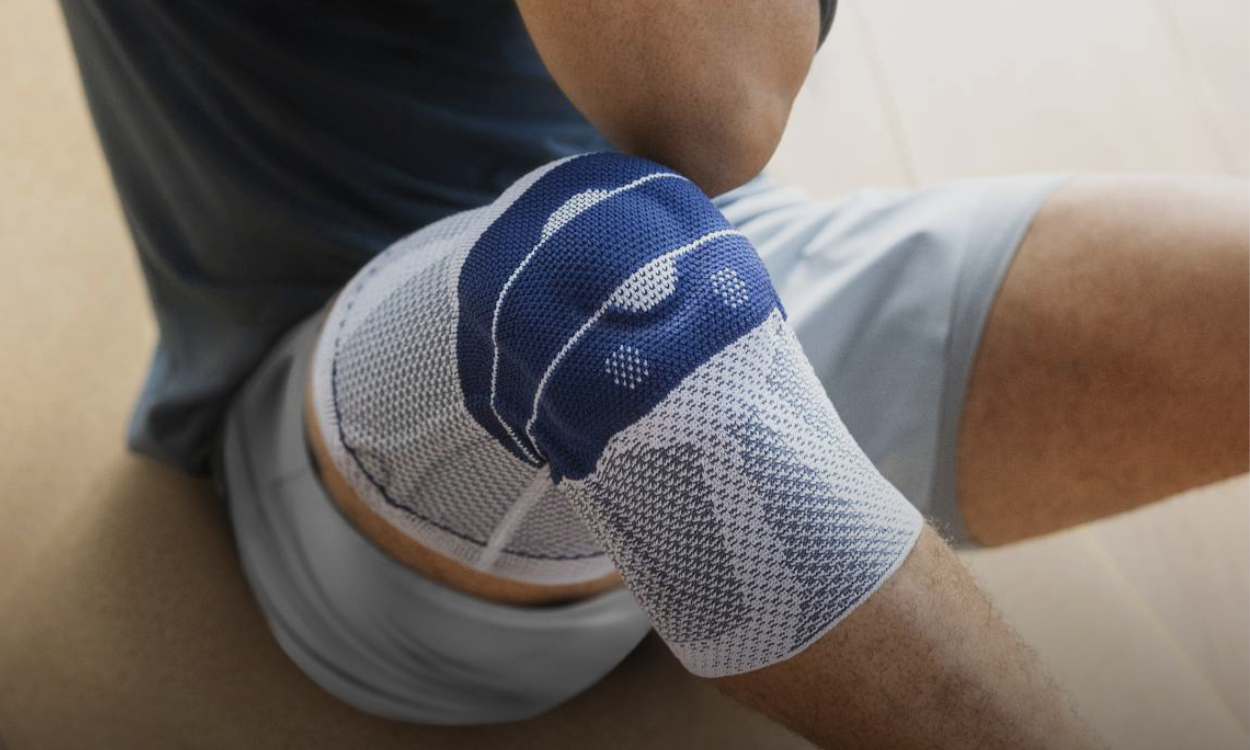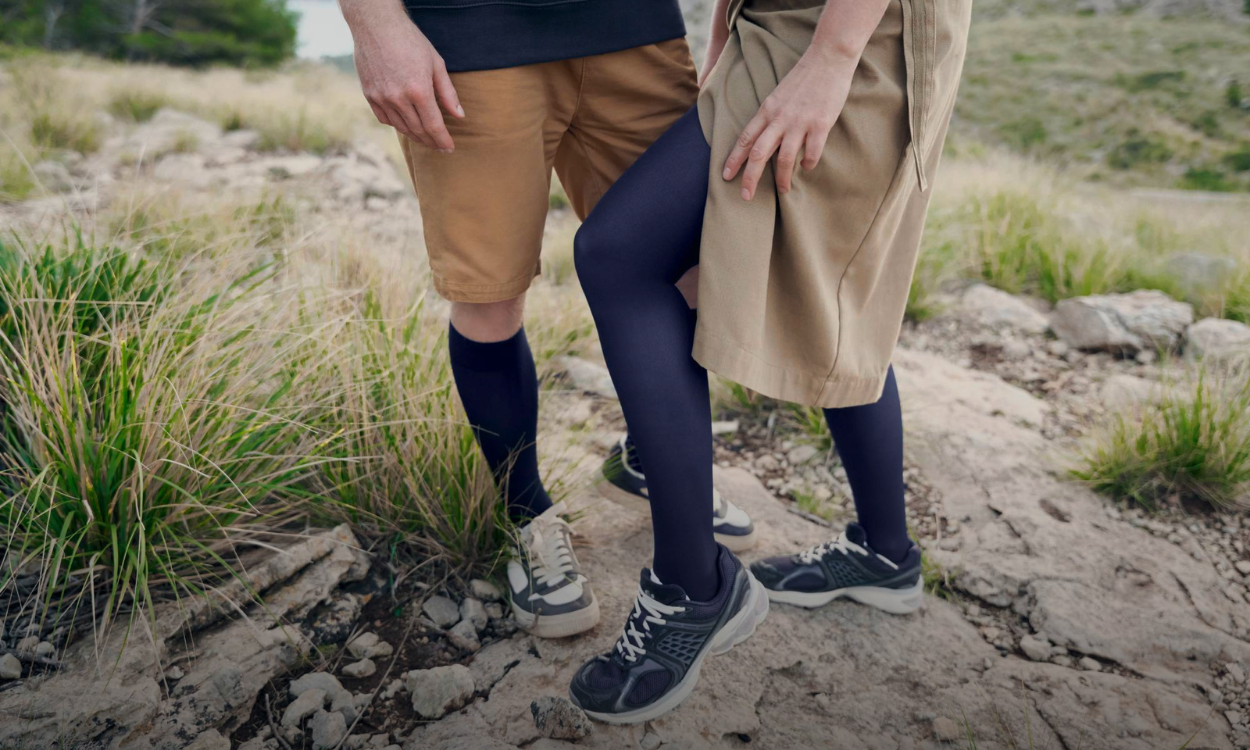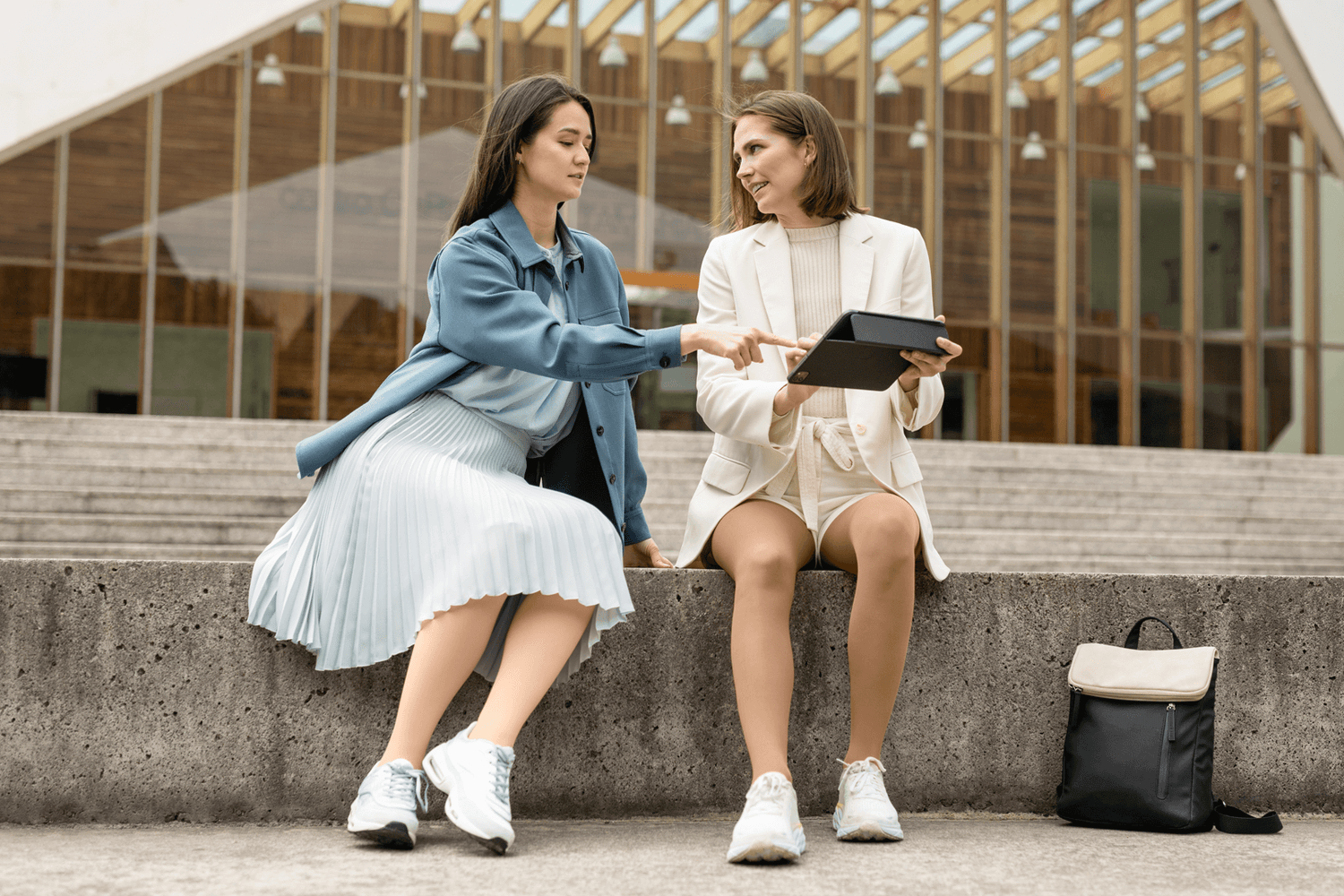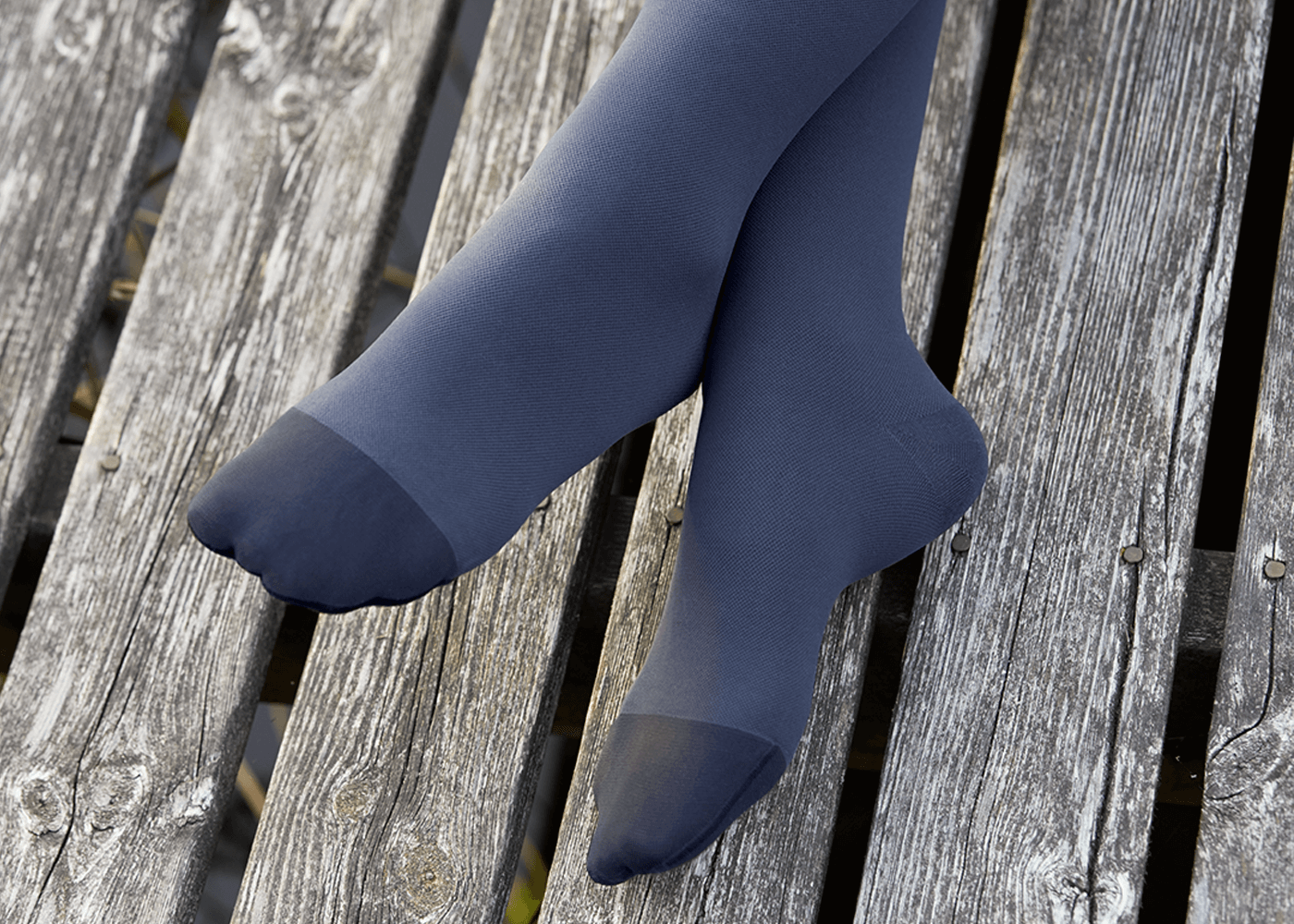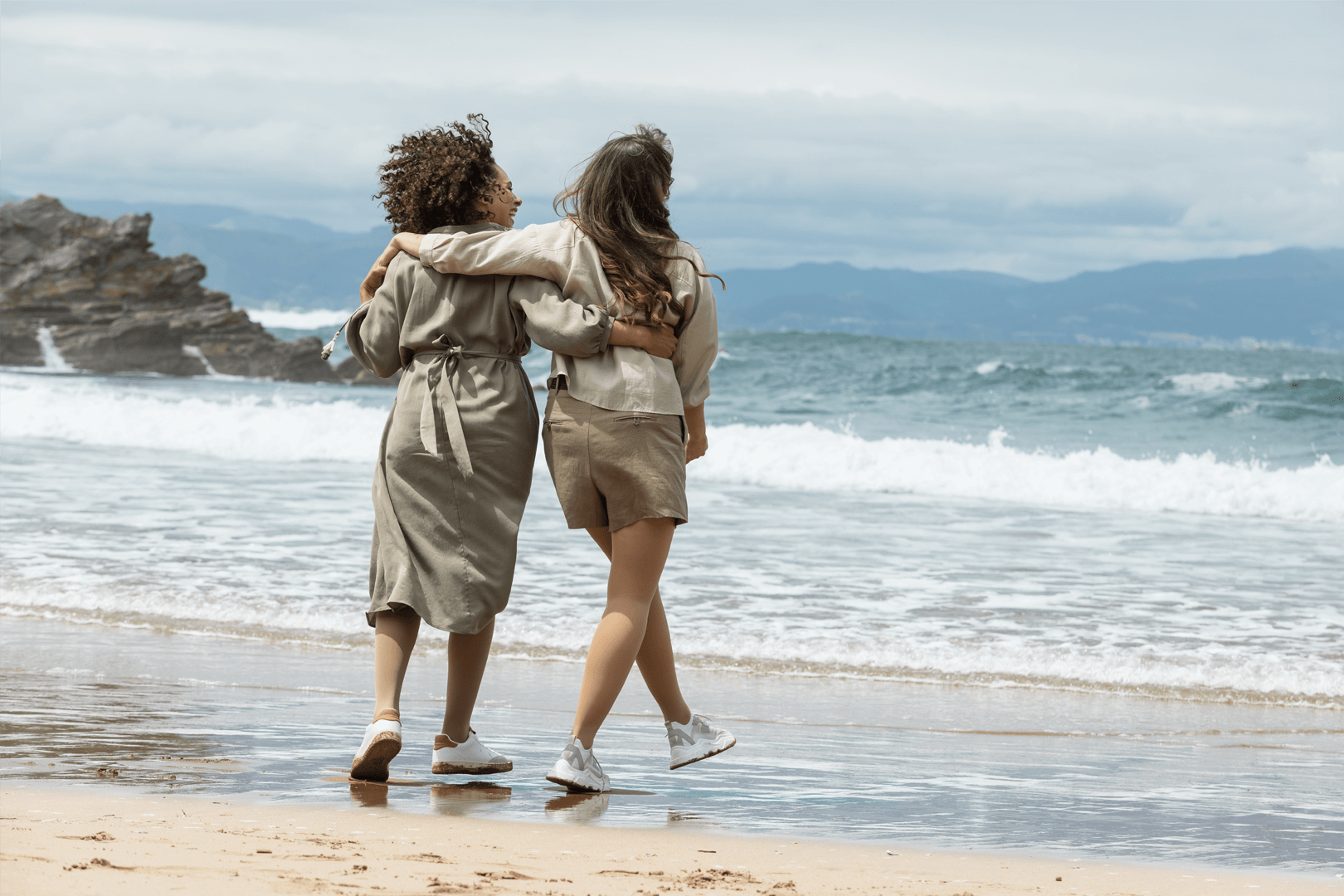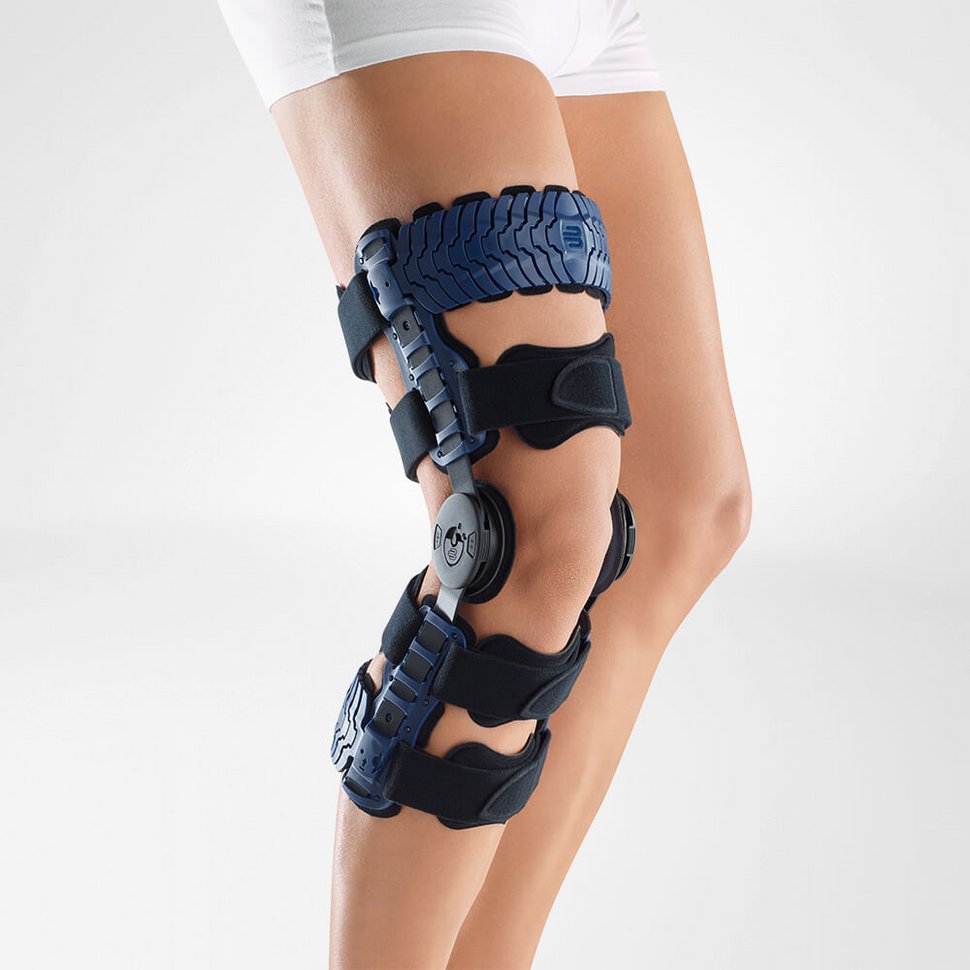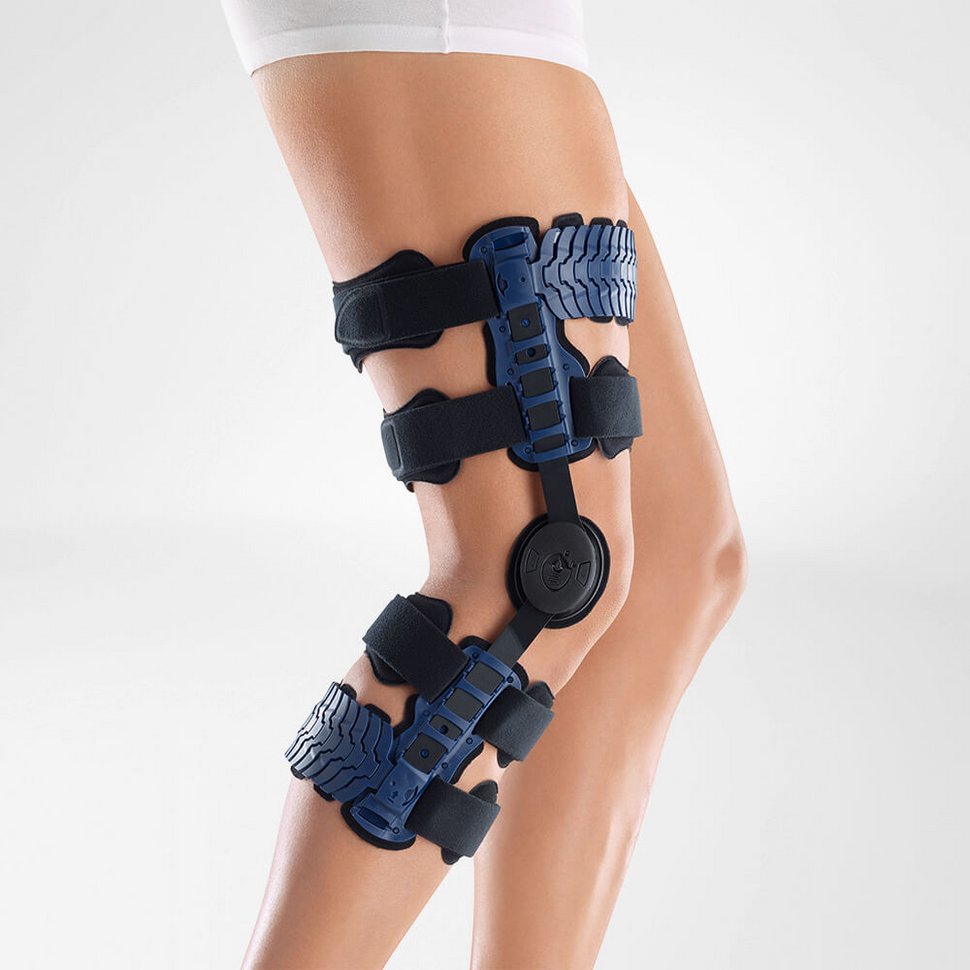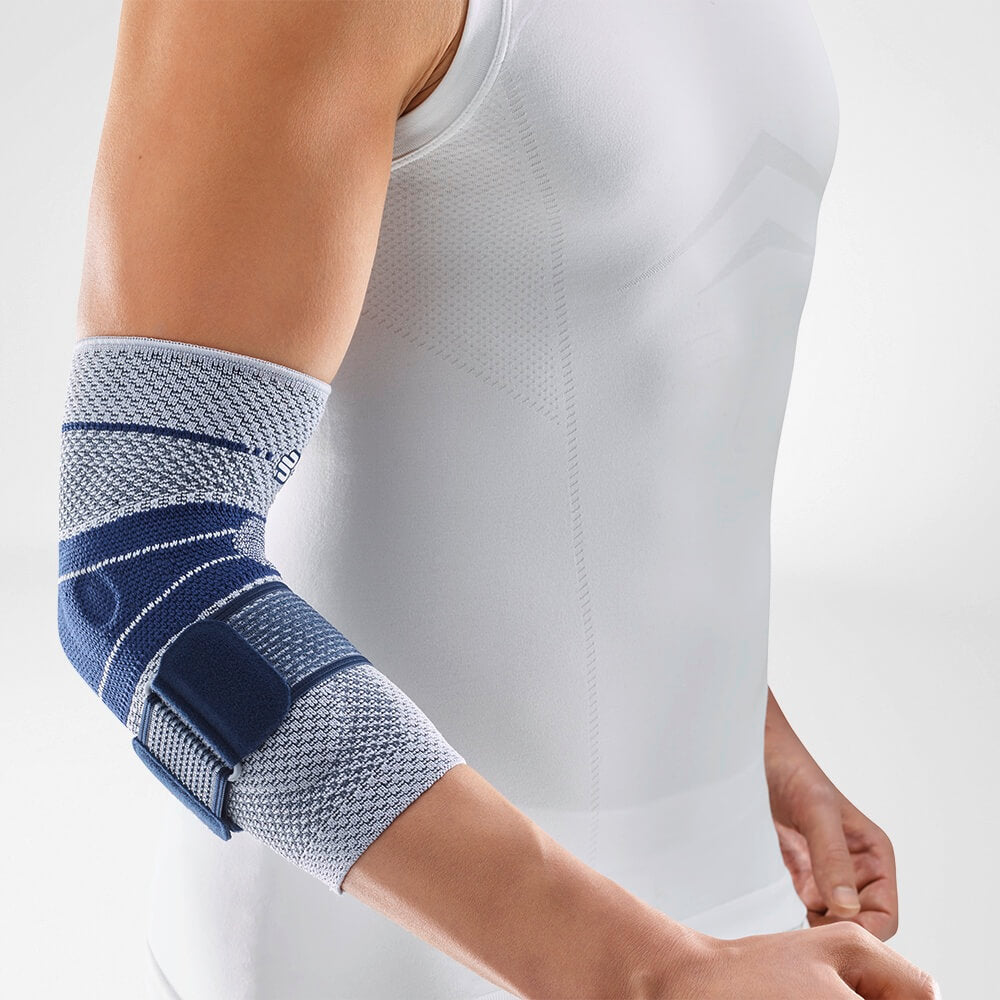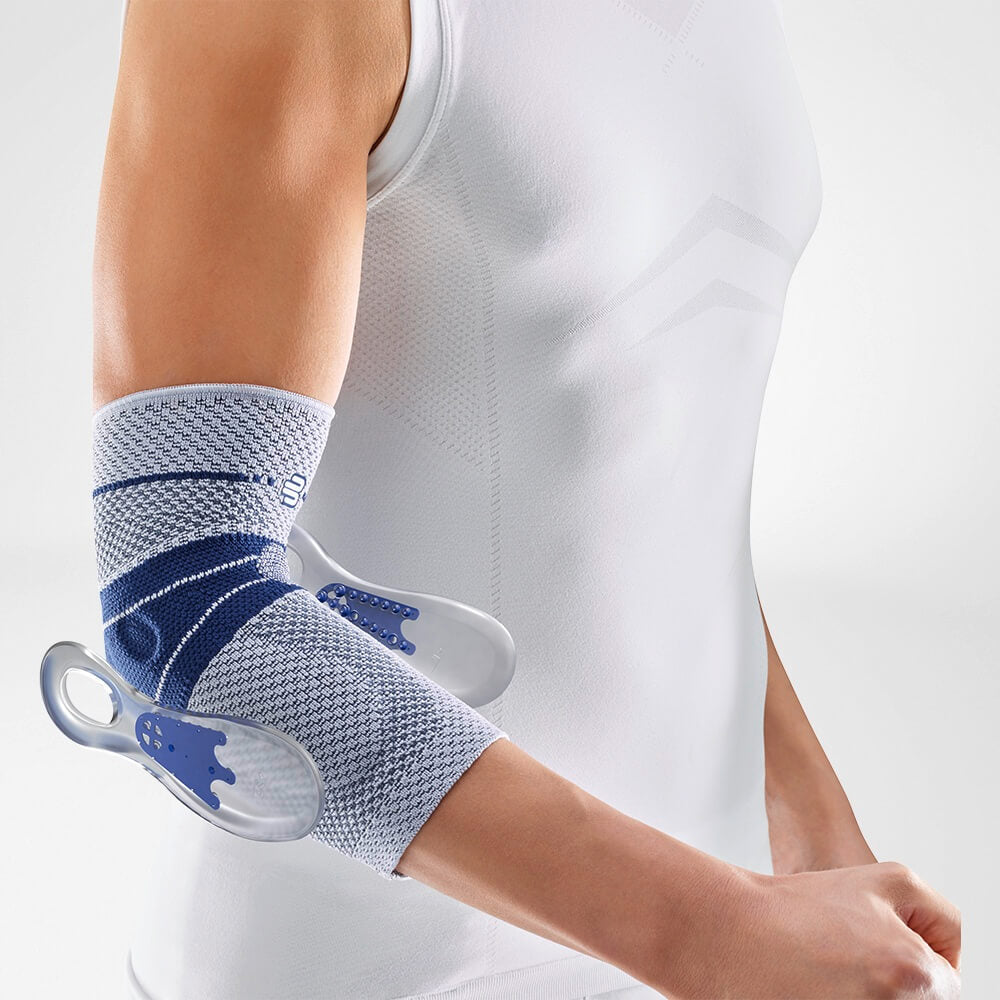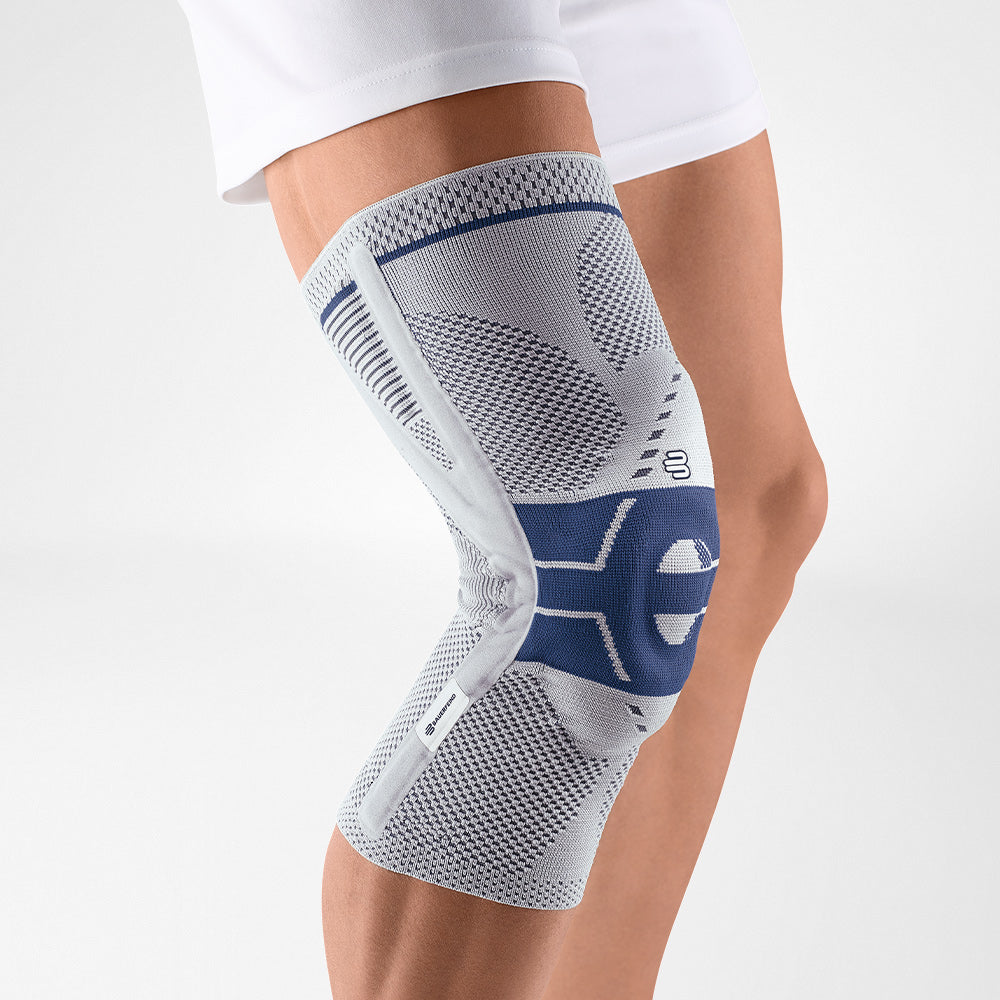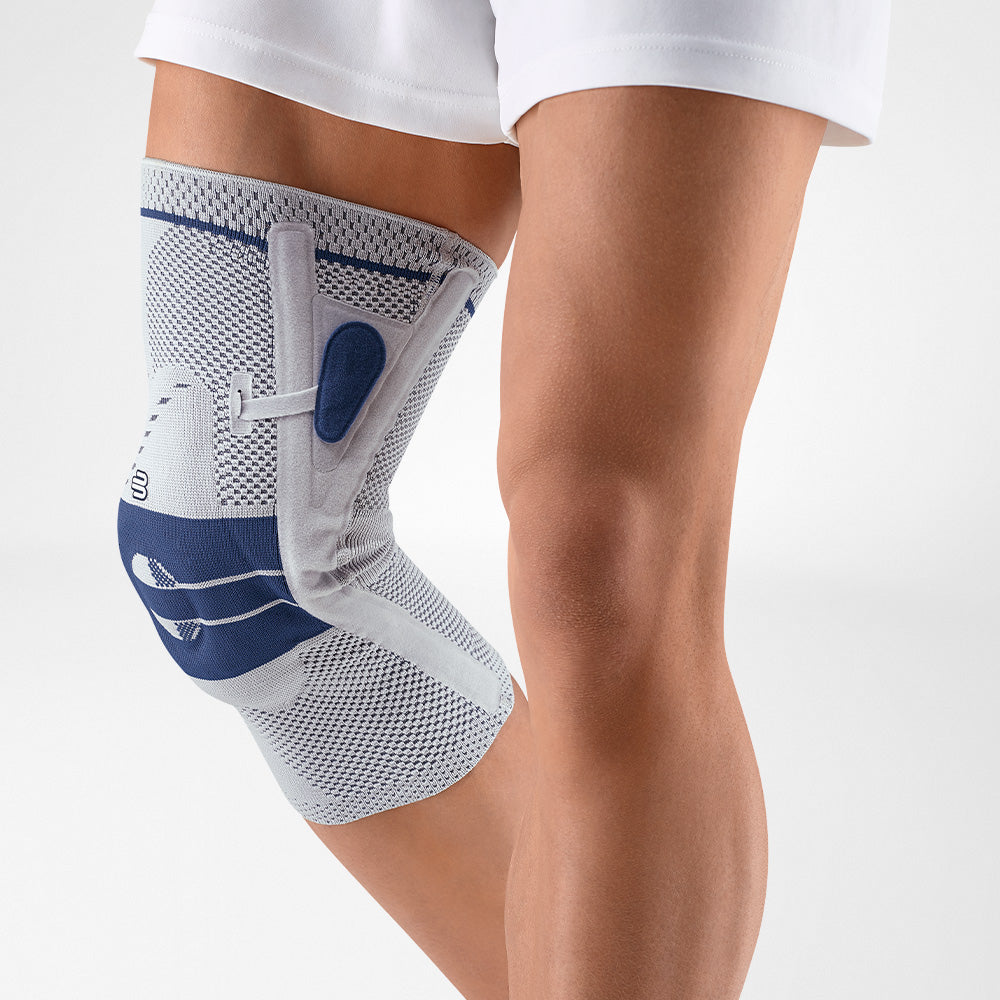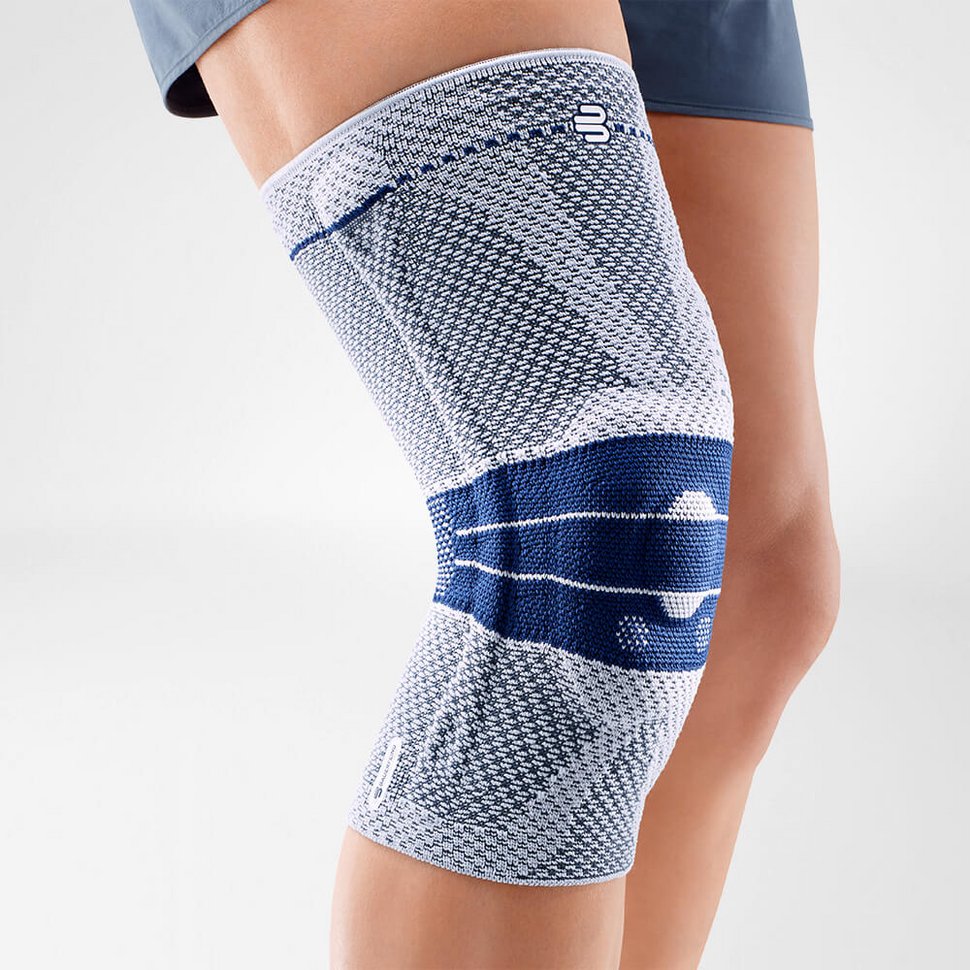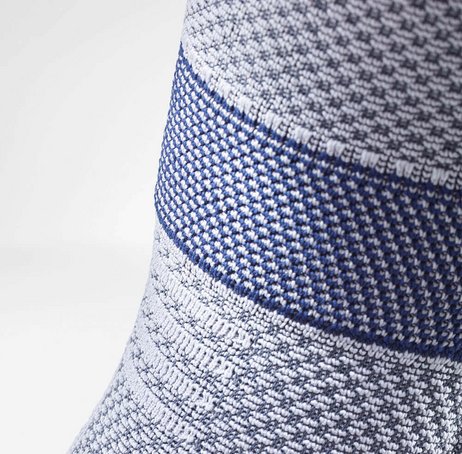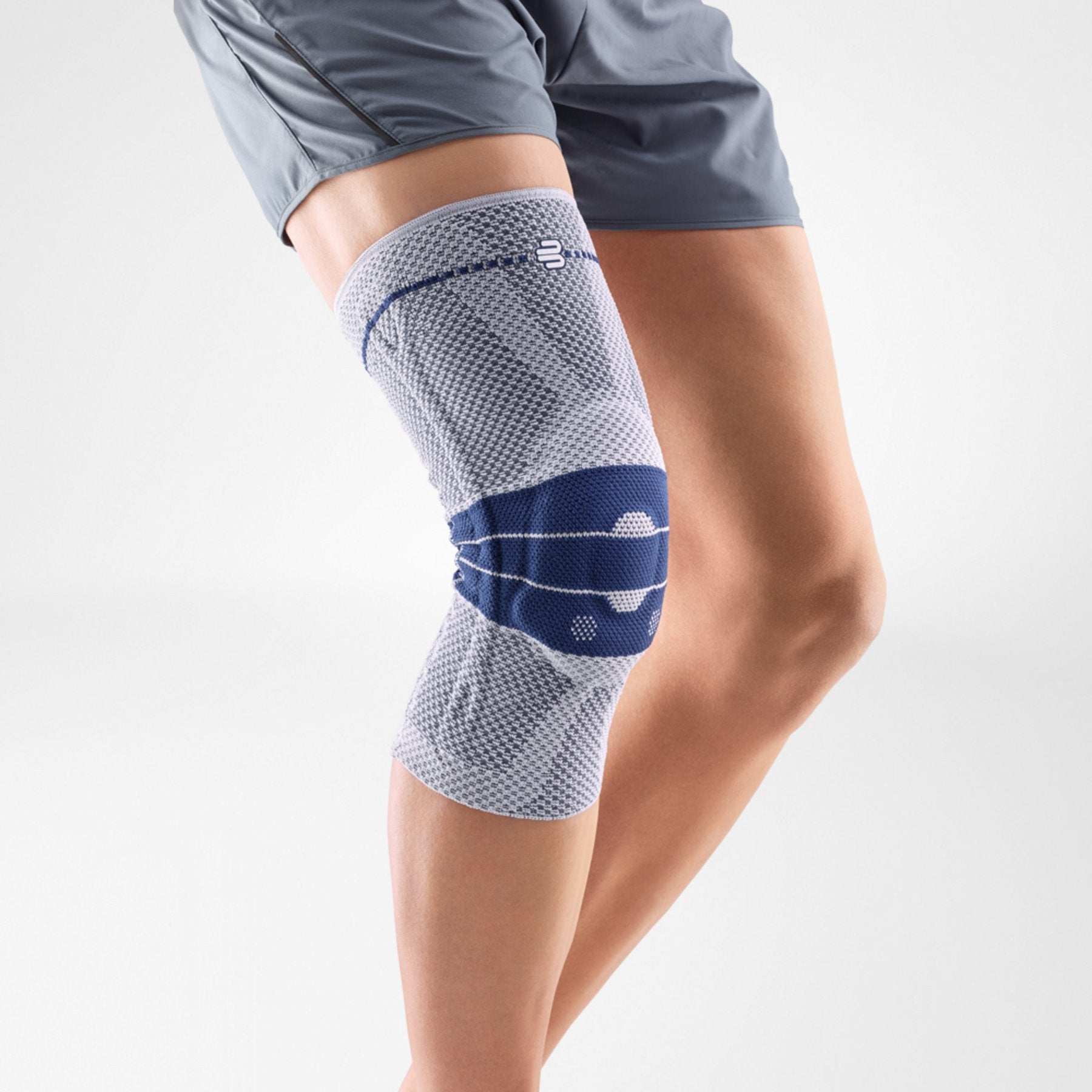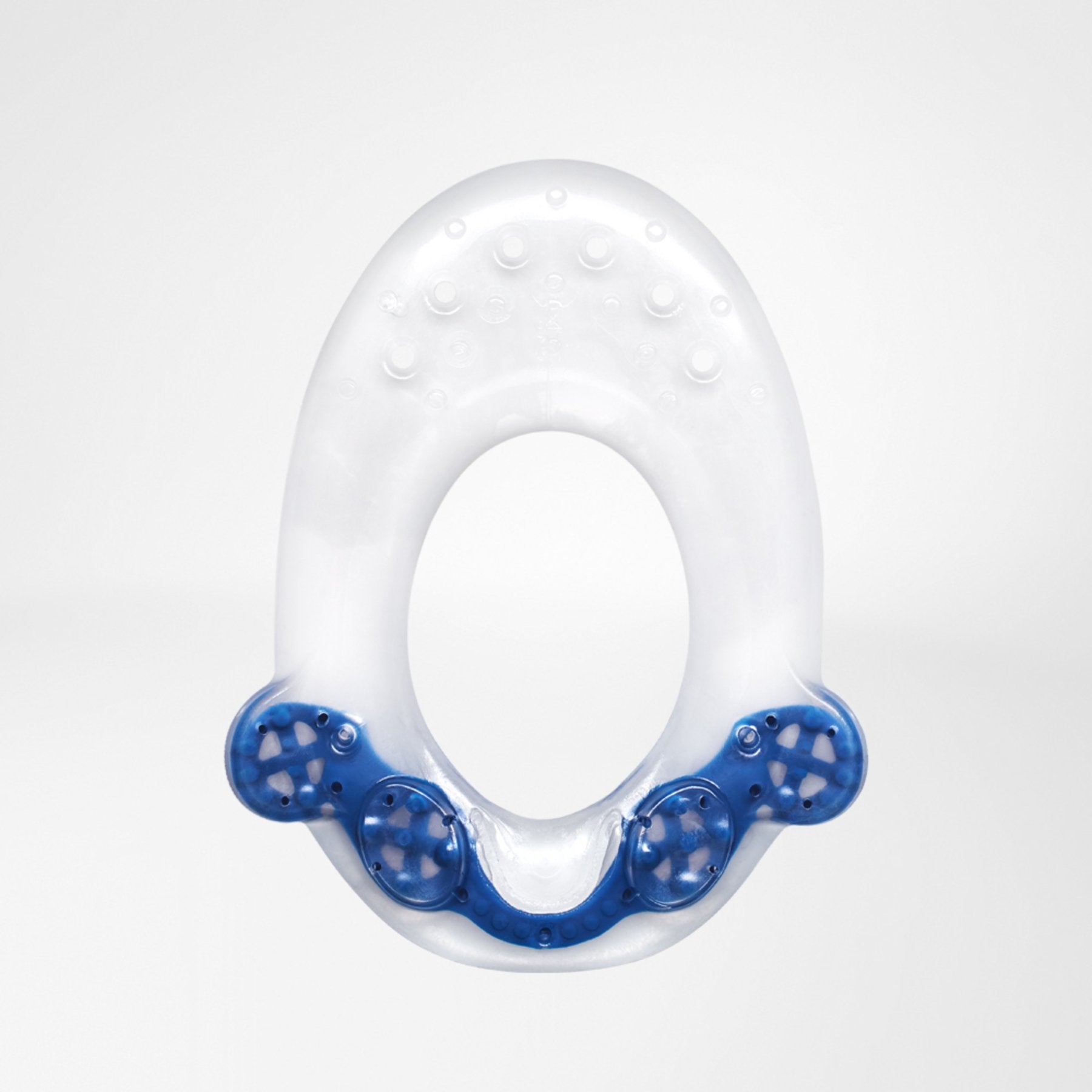Do you enjoy going to work and are passionate about your job? That's great for your mental health! But if you're spending most of your time sitting or standing still at work then your vein health may be suffering. Long periods of inactivity from a sedentary lifestyle can eventually manifest themselves as heavy, aching legs. We'll show you why this is important to avoid how you can do something good for your legs at work with a few simple tricks.
Vein health and exercise at work
Whether at the office, in the home office, at reception or at a cash register: many jobs today are unfortunately causing us to lead more sedentary lifestyles. Overtime, these increasing levels of inactivity and lack or exercise can causes problems for the veins in your legs. During movement, such as walking, or exercising, the muscles in the legs exert alternating pressure on the leg veins. This alternating pressure, specifically from the calf muscles, is what helps pump the blood upwards toward the heart.
Sitting or standing for long periods of time, however, reduces the activation effect of this musculovenous pump system, the veins then lose their driving force and it becomes increasingly more difficult to transport blood up toward the heart. In addition, when the body is at rest, the blood flows more slowly, this reduces overall circulation and puts more pressure on the veins which can weaken or damage them.

These long periods of inactivity result in poor circulation, and less blood being transported towards the heart. The blood then begins to pool in the superficial veins of the legs and congestion, swelling, and an undersupply of blood to the tissues can occur. Unfortunately, this is something that many people are forced to deal with daily and painful legs at rest are not uncommon.
A constant lack of exercise will affect your overall health sooner or later. If your legs and feet hurt, feel heavy, or are swollen after work, these can be early signs of inactivity causing a more serious vein problem. Thankfully, once you recognize the warning signs and identify the cause, there is a lot that you can do to improve your overall well-being and vein health! While making changes and taking action may seem daunting, you don't have to completely change your everyday work routine to start seeing improvements. Keep reading for quick tips on small easy steps to improve your vein health that you can implement into your daily routine!
Tips for fit, healthy legs
1. Wear comfortable clothes and shoes

Make sure your work clothes and shoes aren't too tight. If your pants or belt is too tight, not only is it uncomfortable, but it can also have a negative effect on your blood circulation and vein activity. For the same reason, it is also important that your shoes are not too tight. Keep in mind that your feet naturally swell slightly throughout the day. If your shoes are already feeling tight in the morning, it's better to wear a different, more comfortable pair to work.
High heels or shoes with rigid, flat soles limit the natural rolling movement of the feet when walking. This means more difficult conditions for the muscles in the feet to be properly activated. Save the appropriate styles for special occasions. In everyday life, comfortable shoes are your first choice for improving vein health.
2. Elevate or massage your legs
If your legs feel increasingly heavy or sore after long periods of standing or sitting, try elevating your legs for a few minutes. Elevating your legs and feet helps the blood to flow back out of your legs, thus relieving the pressure on your veins. A small leg massage in between is also good for your legs. You can use a tool like a hedgehog or a fascia ball, but your hands will also do. Simply start at the feet and slowly massage each muscle, working your way up toward the knees.
3. Stay hydrated
An essential building block for your vein health is adequate hydration. It's best to drink 1.5 to 2 liters of water a day. Drinking enough water keeps your blood hydrated and thus thins it out, making it easy for your body to circulate. This reduces the risk of thrombosis. It also keeps the muscles surrounding your veins strong and the vein walls themselves healthy.
Water is the best choice to keep your veins healthy. You should be careful with sugary drinks such as sodas, as well as alcohol after work, which can affect the proper dilation of the vessels. If you're craving something with more flavor, it's best to go for sugar-free teas or a juice spritzer (with plenty of water).

4. Support veins with compression
Medical compression stockings are an important component of vein disorder therapy. Even before the onset of significant symptoms, you can make a big contribution to the prevention of vein disease and support of your veins through compression.
When you wear medical compression stockings at work, a graduated pressure is exerted on your legs, aiding in circulation and supporting the function of the veins. This external compression ensures more effective blood transport and contributes to less fluid build-up in the tissues. With compression socks, you can effectively relieve your legs and counteract swelling - for light, active legs, even after a long day of sitting or standing.
Depending on the degree of discomfort, there are many different models of compression stockings designed to meet your specific needs. For example, if you want to support your veins at work because you are not getting enough exercise, then support stockings with light compression are a useful way to keep your legs feeling light. Or in the case that you have already been diagnosed with a vein disease, your doctor might give you a prescription for compression stockings with a higher grade of compression. Regardless of the style of the level of compression, the following always applies: For optimal effectiveness, a perfect fit is crucial. Visiting a medical retailer trained to properly measure and fit compression stocking is vital.
You can find a certified dealer of Bauerfeind Medical Compression Stockings here!
By the way: Don't let common misconceptions bother you. High-quality medical compression stockings offer a comfortable fit and unrestricted freedom of movement. In addition, they are available in a variety of different designs, colors and patterns - whether discreet for work in the office or in your favorite color to match your outfit.

5. Don't forget to exercise!
You’ve probably guessed it: movement is a must for vein health – at work, too. You should therefore try to develop routines to incorporate more activity into your work day. Not only does this help with pain and heavy legs after work, but also reduces stress. Why not go for a small stroll in the fresh air during your lunch break? You should also try to change your sitting position regularly, and get up and go see a colleague rather than calling them.
Even during periods of high workload, you should try to ensure you stand up and take a few steps or relax your legs every now and then. A step counter can provide additional motivation and help you stay active. And if you take the bus or train to work, you can – time permitting – get off a few stops earlier on the way home and walk the rest of the way.

6. Exercises at work
There are various exercises you can do that activate your leg muscles and relieve your veins. You can do some of those in the workplace, others are more suitable if you work from home. Try to incorporate as many different exercises as possible into your work day.
- Get your legs moving: march in place and alternately raise your knees up to your chest, while gently swinging your arms.
- Stand up straight. Lift one leg a few centimeters off the floor. Draw a figure-of-eight in the air with your foot. Repeat five to ten times and then simply switch sides.
- Lie flat on your back with your arms stretched out close to the body, also on the ground. Now lift your legs up and perform pedaling movements for 30 seconds as if you were riding a bike.
- Stand up straight. Keep your feet as close together as possible. Now stand on your tiptoes until you feel pressure in your calf muscles, then lower your heels slowly. Repeat this sequence 15 times.
- Sit in a chair and place your feet on the ground. Raise and lower your toes slowly. Repeat this sequence 15 times per foot.
7. More health in the home office
Do you work from home a lot? Then you may find some of the tips easier to implement, such as putting your feet up every now and then or wearing comfortable clothing. But working from home poses the risk of moving even less than going in to work. You must therefore make sure you stay active. Incorporate regular home workouts into your day and ensure your workplace at home is ergonomic. This counteracts tired, heavy legs after work, and you will also stay healthy when working from home.
8. After work: exercise and wellness
There's more to life than just work. After a long day’s standing or sitting, you may be tempted to relax on the couch all night. And yes, putting your feet up is beneficial for the veins – particularly if your legs are painful and heavy after a long day at work: elevation relaxes your legs and supports the work of the veins. You can enhance the effect even more with a leg massage – always moving from the feet toward the heart.
However, your body – and your mind – do enjoy the benefits that exercise provides when you have finished work. Going for a little walk in the park, incorporating regular moderate exercise, or going hiking or cycling on the weekend are all good ways to incorporate more movement.

If you're not a big fan of working out or often feel tired after work, don't be discouraged. Start with small changes and think about little ways you can integrate more movement into your everyday life - every bit counts! Being more active is not only good for your veins but also strengthens your physical and mental well-being, make time for yourself and your health!

